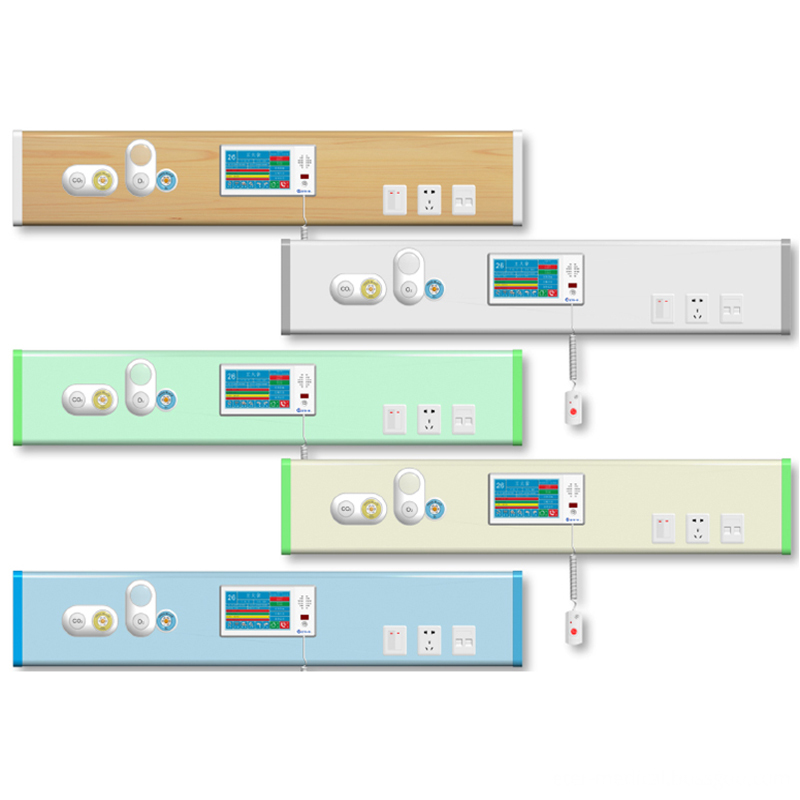Soybean damping-off is commonly referred to as "dead plant", "collapse", and "black root disease". In severe disease years, the rate of dead plants in diseased fields is 5% to 10%, and the rate of dead plants in severe disease fields is more than 30%. Blocks or even all dead, resulting in an outbreak. Field Symptoms Soybean Blight occurs only at the seedling stage, and reddish-brown and slightly sunken lesions appear on the main roots of the seedlings and young plants and on the base of the near-ground stem. The cortex is cracked and ulcerated. The mycelium of the pathogen is initially colorless and gradually becomes brown. When the disease is serious, the appearance is short, the fertility is slow, the stem on the ground is auburn, and the cortex is cracked and ulcerated. Incidence of illness was even worse, and the incidence was lighter in the rotation. Due to bacteria accumulated in the soil year after year increased the amount of bacteria. The incidence of poor seed quality is heavy. All mildewed seeds must be severely affected, and the pathogen of blight may be transmitted by seeds, which is related to reduced seed germination potential and resistance to disease decline. The sooner the seeds are sown, the longer the onset of disease in the field of seedlings grows. The use of diseased stubble without decay, can spread disease severity. The incidence of heavy land pests, poor soil quality, lack of fertilizer, and poor growth of soybeans is heavy. Control methods used disease-resistant varieties. Chemical seed dressing. Use seed with 0.3% of 40% methyl-rhodamine emulsifiable concentrate or 50% thiram wettable powder. Real-time rotations and three-year rotations with grass crops. Use well-drained high-dry plots to grow soybeans. Low-lying ridge cultivation or sorghum deep-groove planting, close planting, prevent excessive surface humidity, and timely drainage after rain. Watering should be based on soil moisture and temperature. At the beginning of onset of spraying, the following agents were sprayed with 40% triethylphosphonate aluminum wettable powder 200 times; 70% ethyl phosphorus manganese zinc wettable powder 500 times; 58% metalaxyl manganese zinc wettable powder 500 times; 69% safety. Manganese zinc wettable powder 1000 times liquid every 10 days 1 time, continuous control of 2 to 3 times, and do spray evenly enough.
The
groundbreaking four-chambered structure, differing from the conventional
three-chambered structure, has more stable and safer design. The integrated
panel design, in combination with the smooth and elegant line type, artistic
terminal dust cover design and incomparable production process, creates an
aesthetic visual experience and embodies a unique fashion.
Bed Head Unit For Icu,Hospital Bed Head Unit For Icu,Bed Head Units Hospital, Bed Head Hospital Equipment Unit Hunan Eter Electronic Medical Project Stock Co., Ltd. , https://www.centralgas.be